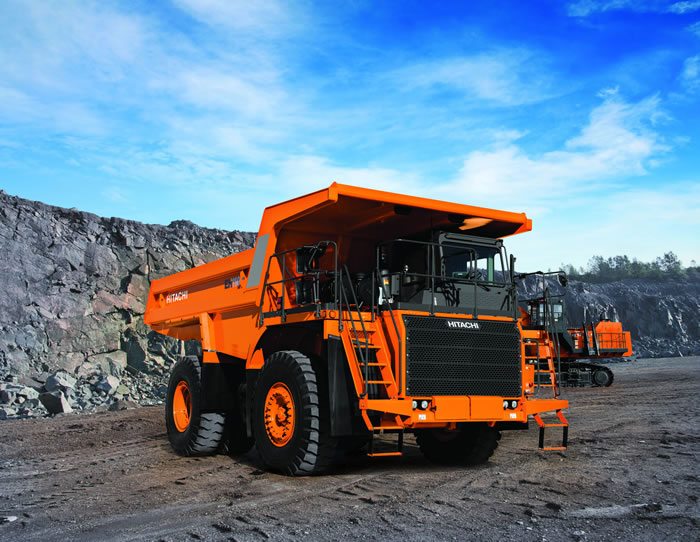In today’s rapidly evolving construction industry, keeping everyone safe is absolutely essential. Thanks to technological advancements, the role of remote monitoring in maintaining a secure and productive work environment has grown significantly. This article delves into how camera technology in construction has evolved, shining a light on its crucial role in boosting both safety and efficiency.
The Early Days of Camera Use in Construction
Initially, cameras in construction sites were basic. They served simple purposes like recording and monitoring. These cameras were often stationary, offering limited views of the site. The footage was basic and did not provide much detail. This was the first step in using technology for safety, but it had its limitations.
Advancements in Camera Technology
As technology advanced, so did camera capabilities. Modern cameras now offer high-resolution images and videos. They can cover wider areas and provide clearer pictures. This improvement allows for better monitoring and analysis of construction sites. It’s not just about recording anymore. It’s about getting a clear, detailed view of what’s happening on the ground.
Real-Time Monitoring and Fleet Camera Systems
One of the significant advancements is real-time monitoring. This means that site managers can see what’s happening at the moment it’s happening. This immediate insight is crucial for preventing accidents and ensuring safety protocols are followed.
In this context, fleet camera systems such as CameraMatics, have become vital. These systems offer comprehensive views of construction fleets. They help in monitoring vehicle movements, ensuring safe operations, and reducing the risk of accidents.
The Role of Camera Analytics in Enhancing Safety
Camera analytics have taken safety to a new level. For instance, Protex AI explains the benefits of using camera analytics in construction. These systems use artificial intelligence to analyze video footage. They can detect potential hazards and alert managers before accidents occur. This proactive approach to safety is a game-changer. It’s not just about recording incidents but preventing them.
Construction Fleet: A Crucial Area for Camera Technology
In the construction industry, managing the fleet is a significant challenge. This includes trucks, cranes, and other heavy machinery. Ensuring the safety of these vehicles is crucial. Camera technology plays a vital role here. It helps in monitoring vehicle movements, checking for safe operation, and ensuring that safety protocols are in place. This reduces the risk of accidents involving construction vehicles.
The Impact of Camera Technology on Worker Safety
Camera technology has had a positive impact on worker safety. Enhanced monitoring means we can spot and tackle potential dangers faster than ever. Knowing that there are systems looking out for their safety gives workers peace of mind. This doesn’t just ramp up safety measures; it also lifts spirits and drives productivity, creating a more positive and efficient work environment.
Integrating Camera Technology with Other Safety Measures
While camera technology is vital, it’s important to integrate it with other safety measures. This includes training, safety protocols, and emergency response plans. Cameras provide the eyes on the site, but human expertise and preparedness complete the safety picture. This integration ensures a comprehensive approach to construction safety.
Enhancing Communication and Coordination
Camera technology also enhances communication and coordination on construction sites. Real-time footage allows team leaders to make informed decisions quickly. It helps in coordinating tasks more efficiently and avoiding potential conflicts or hazards. This improved communication is crucial in a field where timing and coordination can significantly impact safety and project timelines.
Environmental Monitoring and Sustainability
Another important aspect is environmental monitoring. Cameras can help track environmental conditions on construction sites. This includes monitoring for pollution, waste management, and ensuring compliance with environmental regulations. By doing so, construction sites not only become safer but also more sustainable and responsible.
Challenges and Future Directions
Despite its benefits, integrating advanced camera technology is not without challenges. There are concerns about privacy and the cost of implementing these systems. However, the future looks promising. With ongoing advancements, we can expect more sophisticated, cost-effective solutions. These will further enhance safety and efficiency in construction sites.
Conclusion
The evolution of camera technology in construction has been remarkable. From basic recording to advanced analytics, these tools have become essential in promoting safety and efficiency. As technology continues to advance, we can expect even greater improvements in construction site monitoring and safety.

